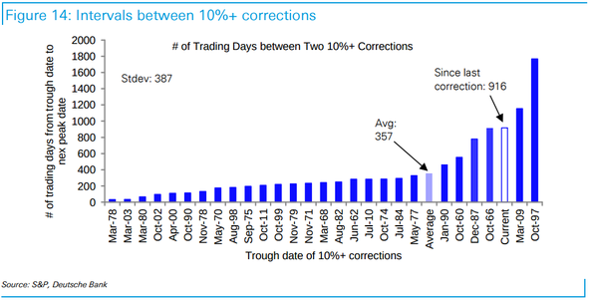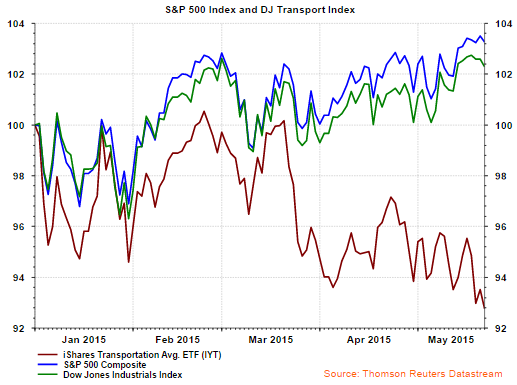 |
| From The Blog of HORAN Capital Advisors |
 |
| From The Blog of HORAN Capital Advisors |
 |
| From The Blog of HORAN Capital Advisors |
 |
| From The Blog of HORAN Capital Advisors |
Posted by
David Templeton, CFA
at
1:59 PM
0
comments
![]()
![]()
Labels: General Market
 |
| From The Blog of HORAN Capital Advisors |
Posted by
David Templeton, CFA
at
8:20 AM
0
comments
![]()
![]()
Labels: Commodities
 |
| From Blog of HORAN Capital Advisors 5 2015 |
Posted by
David Templeton, CFA
at
11:44 PM
0
comments
![]()
![]()
Labels: General Market
 |
| From Blog of HORAN Capital Advisors 5 2015 |
Posted by
David Templeton, CFA
at
3:02 PM
0
comments
![]()
![]()
Labels: Asset Allocation , General Market
 |
| From Blog of HORAN Capital Advisors 5 2015 |
Posted by
David Templeton, CFA
at
1:19 PM
0
comments
![]()
![]()
Labels: Economy , General Market
 |
| From Blog of HORAN Capital Advisors 5 2015 |
Posted by
David Templeton, CFA
at
11:21 PM
0
comments
![]()
![]()
Labels: Bond Market , Economy
 |
| From The Blog of HORAN Capital Advisors |
Posted by
David Templeton, CFA
at
9:37 PM
0
comments
![]()
![]()
Labels: Economy
 |
| From The Blog of HORAN Capital Advisors |
Posted by
David Templeton, CFA
at
11:13 PM
0
comments
![]()
![]()
Labels: Dividend Return